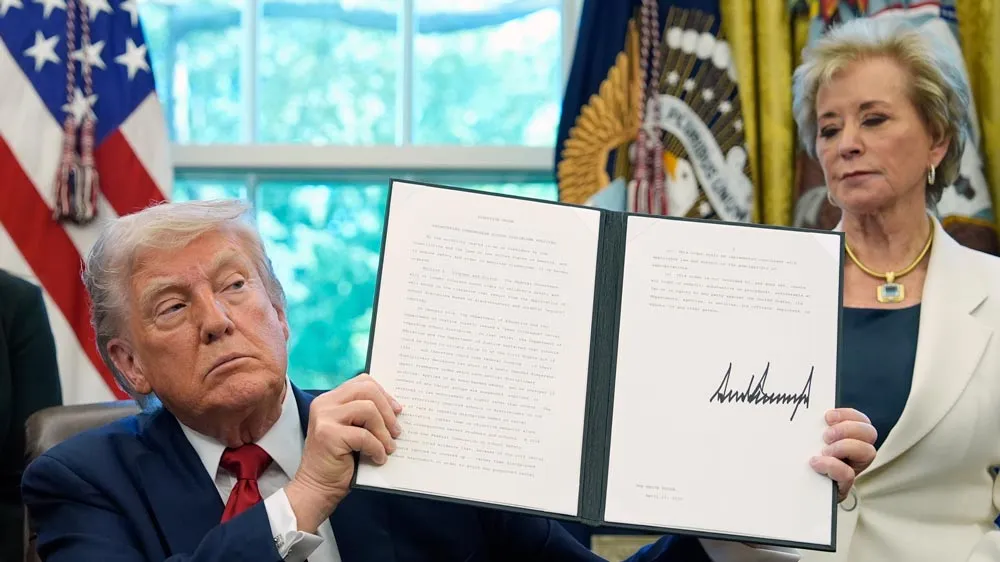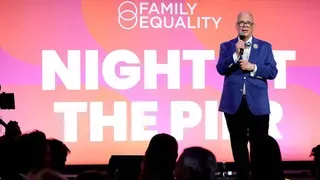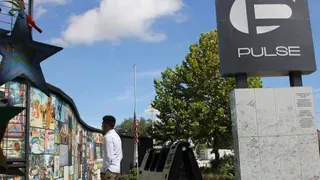December 14, 2012
Smartphones Can Soon be Used to 'E-Hail' NYC Taxis
Jason St. Amand READ TIME: 3 MIN.
Raising your arm and yelling "taxi!" is the old-fashioned way to nab a New York City cab. Soon, all you'll need is a smartphone app.
New York City's Taxi and Limousine Commission on Thursday approved a pilot program allowing riders to "e-hail" yellow cabs, starting Feb. 15 on a test basis. Until now, the city has banned yellow taxis from prearranging rides.
"We should not ignore technology that's out there. This is not speculative, this is real," Commissioner David Yassky said.
The commission issued a news release after the vote celebrating what it called "appy days ahead."
The system will be tried out for one year. After the free apps start linking customers with drivers in mid-February, the commission will produce quarterly reports on the program's success, leading to a decision on whether to extend it.
At least a dozen companies are ready to provide the service, including ones now operating in other U.S. cities and overseas. London has a thriving taxi e-hail system.
A group of cabbies attended the commission hearing. One later addressed the issue of customers who still want to hail a cab the traditional way - by standing in the street and waving - and who might worry that cabbies will pass them by.
"If I accept an e-hail, I won't stop for a person on the street," acknowledged driver Mohammad Butt, 35, a Staten Island resident. "But if I have a passenger in the car now, I don't stop, either."
On the other hand, driver Antonio Clark said the smartphone hail will make getting a cab easier at night in neighborhoods where they're not easily available.
"You don't have to stand on a dark, empty street," said Clark, 30, of Brooklyn. "You can wait inside an entrance, because the driver has your address."
Jerry Corraya, 23, is a fan of the new service because he lives in Queens, "where it's hard to get a cab."
Besides, "the world is moving fast, and we have to go with it," said Corraya, who works at a pastry stand in Penn Station.
Commission research showed drivers still prefer to pick up gesturing passengers, Yassky said.
"They'll still tend to pick up a ride that's there first," he said. "I think drivers will use the app when there's no passenger out there."
Here's how it works. A potential fare uses the app to request a ride. That request goes out to all participating cabbies within a certain distance, and the cabbie who uses his or her own cellphone to respond first will get the fare.
City law prohibits drivers from talking on handheld cellphones, but they will be able to use them to respond to an e-hail.
The electronic system is optional for cab companies. Mensah Kwabenah, a cabbie waiting for customers near Penn Station, said he'll respond to app hails if his cab owner wants him to.
The 56-year-old driver said that personally, he felt checking his phone for a customer's location "is going to be a distraction, and it could cause accidents" - even if the cell phone is mounted.
The commission was subject to lobbying from the service car industry, which fears loss of business if yellow cabs are allowed to prearrange rides.
The commissioner said the city will make sure both drivers and customers are protected. The driver should be able to accept a ride with a single touch after receiving a passenger signal, Yassky said.
Distance limits will be built into the technology. For example, from 59th Street to Battery Park in Manhattan - the primary business zone - yellow cabs will be allowed to respond to an electronic hail within a half-mile. Elsewhere in the city, the limit is a mile and a half.
Customers may pay by using apps that interact with the technology being used in a particular yellow cab, according to TLC spokesman Allan Fromberg.
Lynn Janczak, waiting for a cab in front of Penn Station, prefers to keep things simple.
A former New York resident who lives in West Hartford, Conn., and works in marketing, she's well-equipped for stopping cabs in the city - by carrying a yellow mitt on a stick marked with the word "taxi."
"No, I'm not going to e-hail, because I think we're already too dependent on electronics," she declared, adding that it won't bother her if a cab passes her for an e-hail.
Plus, she said, her mitt "really works."






